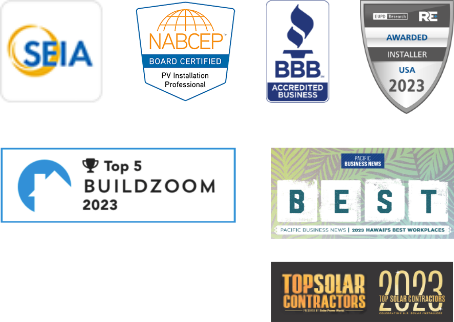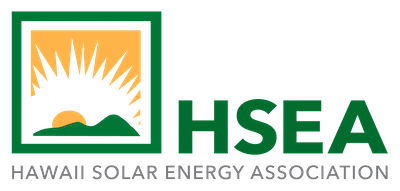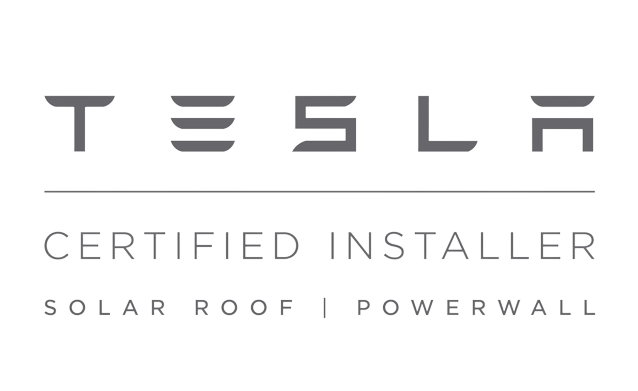What the New HECO Smart Renewable Energy Programs Mean for You
Hawaii’s Transition to Smart Renewable Energy Programs
Hawaii has been a leader in clean energy for years, and now we’re making some important changes. We’re transitioning to a new set of programs called the Smart Renewable Energy Program (SREP). In the past, we relied on older programs like Customer Grid-Supply (CGS) and Smart Export. However, we have now transitioned into a new era with the Smart Renewable Energy Program (SREP).
These programs, led by governmental and utility authorities, represent structured plans designed to open the door for the adoption of renewable energy sources, manage energy consumption, and promote sustainability. As we move forward with these changes, it prompts us to ponder: What are the differences between the old programs and the new ones? And what does this transition mean for those who were previously enrolled in the older programs?
What is the Smart Renewable Energy Program (SREP)?
The Smart Renewable Energy Program (SREP) introduces a comprehensive framework aimed at revolutionizing Hawaii’s energy landscape. It replaces existing programs such as Customer Grid-Supply (CGS), Customer Grid-Supply Plus (CGS+), and Smart Export, with a focus on equitable pricing and long-term sustainability. Mandating existing customers to transition to SREP after seven years ensures a level playing field for all participants.
Transitioning from Old HECO Programs to New Ones
Customers enrolled in most existing programs will have the opportunity to transition to the new renewable energy programs.
For Customer Grid-Supply, Customer Grid-Supply Plus, and Smart Export participants, the transition to the Smart Renewable Energy Export program will occur automatically after seven years in their current program. The earliest transitions are scheduled to commence on October 1, 2024.
Standard Interconnection Agreement and Customer Self-Supply participants will have the option to switch to the Smart Renewable Energy Non-Export program.
Battery Bonus participants will also have the option to transition to the Bring Your Own Device (BYOD) program.
Notably, Net Energy Metering (NEM) and Net Energy Metering Plus (NEM Plus) customers will remain unaffected at this time, with no changes planned for these programs.
Rooftop Solar Export Program
The Rooftop Solar Export Program replaces Customer Grid-Supply (CGS), Customer Grid-Supply Plus (CGS+), and Smart Export programs. This program helps connect rooftop solar setups to Hawaii’s energy grid. It allows those with rooftop solar panels to sell extra energy they produce back to the grid and get paid for it, which boosts renewable energy generation.
How Existing Programs will Transition to Smart Renewable Energy Export
Existing customers of CGS, CGS+, and Smart Export programs must switch to SREP within seven years. This transition comes with new rates tailored to different times and islands to ensure fair compensation for exported energy. Customers have the flexibility to switch earlier, lock in rates, and join programs like Shift and Save, giving them more control over energy usage. Clear guidelines make the transition smooth, offering options for rate-locking and participation in time-of-use programs, minimizing disruptions and maximizing benefits.
Smart Renewable Energy Export Rates
Under the Smart Renewable Energy Export program, export rates vary depending on the time of day and the island. Here’s a breakdown of the rates:
Daytime (9 a.m. – 5 p.m.):
- O‘ahu: $0.135
- Hawai‘i Island: $0.106
- Maui: $0.066
- Lana‘i: $0.267
- Moloka‘i: $0.179
Evening Peak (5 p.m. – 9 p.m.):
- O‘ahu: $0.329
- Hawai‘i Island: $0.231
- Maui: $0.182
- Lana‘i: $0.408
- Moloka‘i: $0.272
Overnight (9 p.m. – 9 a.m.):
- O‘ahu: $0.189
- Hawai‘i Island: $0.148
- Maui: $0.131
- Lana‘i: $0.259
- Moloka‘i: $0.174
Note: These rates are subject to change pending PUC approval. Additionally, rates are fixed for every three (3) years. Existing customers on NEM and interim renewable energy programs may have different export rates. BYOD customers will export using the Smart Renewable Energy Export rate or the rate of their underlying program, whichever is higher.
Rooftop Solar Non-Export Program
The Smart Renewable Energy Non-Export program gives customers another way to join in on renewable energy efforts without sending extra power back to the grid. It’s a replacement for the Standard Interconnection Agreement (SIA) and Customer Self-Supply (CSS) programs. While it still supports different types of renewable energy setups and project sizes, you won’t get paid for sending extra energy back to the grid. This fits with Hawaii’s goal of using more sustainable energy sources and cutting back on traditional ones.
Transitioning from Existing Programs to Smart Renewable Energy Non-Export
In transitioning from existing programs to the Smart Renewable Energy Non-Export program, customers encounter variations based on their prior enrollment. The Standard Interconnection Agreement (SIA) facilitates commercial rooftop solar installations with or without battery storage, mandating the use of an Advanced Meter. Conversely, the Customer Self-Supply (CSS) program is tailored exclusively to residential rooftop solar setups, with no Advanced Meter requirement. However, both programs lack participation in the Shift and Save initiative. On the other hand, the Smart Renewable Energy Non-Export program accommodates commercial and residential rooftop solar systems, provides an option to transition from existing programs, supports various generating technologies with or without energy storage, mandates the use of an Advanced Meter, and allows enrollment in the Shift and Save program with the flexibility to opt out.
Bring Your Own Device Program & How It Helps You
The HECO Battery Bonus program is being replaced by the Bring Your Own Device (BYOD) initiative, highlighting the importance of grid resilience and renewable energy integration. Incentives are available to encourage participation, especially for low-to-moderate income customers.
Incentives and Export Terms
Clear details regarding incentives and commitments under the BYOD program ensure fairness and transparency throughout the transition.
Program Requirements
To participate in the Bring Your Own Device (BYOD) program, customers must fulfill certain requirements to ensure effective integration and operation within the grid system. These requirements aim to optimize energy usage and enhance grid stability while promoting sustainability.
Shift and Save
Participants in the BYOD program are encouraged to adopt load-shifting practices to reduce peak demand on the grid. By voluntarily adjusting their energy consumption patterns to off-peak hours, customers not only contribute to grid resilience but also benefit from potential cost savings through time-of-use pricing structures.
Advanced Meters
Advanced metering technology is a fundamental component of the BYOD program, providing real-time data on energy usage and generation. These meters enable precise monitoring and control, empowering customers to make informed decisions about their energy usage and maximize the efficiency of their renewable energy systems.
Existing Battery Bonus customers will receive guidance on transitioning to the BYOD program, ensuring they can take full advantage of battery technology’s benefits.
Reflective Insights
As we reflect on Hawaii’s transition to the Smart Renewable Energy Programs, it’s natural to acknowledge the efficacy of the old programs and the uncertainties surrounding the future of solar energy and HECO programs. The familiarity and reliability of the old systems provided a sense of security, especially in an evolving energy landscape. However, amidst these changes, it’s important to recognize the value of structured programs like the Smart Renewable Energy Programs. While the transition may present challenges, these programs offer a positive outlook on the future of renewable energy adoption in Hawaii. By streamlining processes and providing incentives, they make the switch to solar more accessible and contribute to a sustainable energy future for generations to come.
How much does it cost to Install A Solar System?
For potential new customers considering Hawaii’s transition to the Smart Renewable Energy Programs, understanding the upfront costs of installing renewable energy systems is crucial. In Hawaii, the average price for such installations is approximately $35,000. This initial investment may seem daunting, but it’s important to note that the Smart Renewable Energy Programs, established by HECO, offer various incentives and financing options to help offset these expenses. Whether it’s through rebates or financing programs, HECO aims to make the adoption of renewable energy more accessible and affordable for all customers. By exploring these opportunities, you can take proactive steps towards reducing your carbon footprint and securing long-term energy savings while contributing to Hawaii’s clean energy goals.
Having these programs in place, both the previous ones and the new Smart Renewable Energy Programs, reflects Hawaii’s ongoing commitment to its energy future. These initiatives pave the way for more individuals to embrace sustainable energy sources, demonstrating Hawaii’s dedication to creating a greener and more resilient energy landscape. In essence, these programs represent Hawaii’s steadfast dedication to a sustainable and prosperous energy future, inviting more stakeholders to join in the journey towards a greener tomorrow.


















